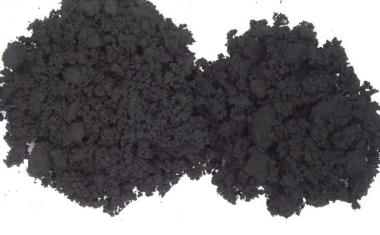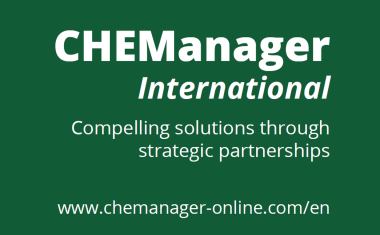AstraZeneca Sees More Deals to Fill Out Pipeline
Anglo-Swedish drugmaker Astrazeneca is aggressively meeting potential acquisition partners to fill as it prepares for generic competition from some of its best-selling drugs.
"We're looking to doing deals to sustain and accelerate our growth," said Shaun Grady, Astrazeneca's newly appointed head of business development and licensing, in an interview at the Biotechnology Industry Organization convention in Chicago.
Grady said the company has done five late-stage deals in the past six months, including its $1.24 billion deal for an antidepressant from Targacept and its $350 million acquisition of Novexel, a private infection research company to develop two late-stage antibiotics in partnership with Forest Laboratories.
Grady said the company is also looking at more regional deals, hoping to expand on the company's strength in emerging markets. The activity is meant to cushion the blow as Astrazeneca heads into what analysts believe is one of the biggest patent "cliffs" in the drug industry, with the loss of exclusivity on acid reflux drug Nexium and Seroquel for schizophrenia, and a legal challenge to the patent protecting Crestor, the company's blockbuster cholesterol fighter.
Astrazeneca said in March it planned to exit some disease areas that have formed the backbone of its current business - including schizophrenia and acid reflux - in a drive to focus R&D efforts and cut costs.
Agnostic Deals
"We are in the midst of a fairly major organizational change," said Grady, who is leading the company's transition from a mostly home-grown research and development organization to one that weighs all research and development opportunities equally. "We're going to be agnostic as to the source of the products coming in, whether its internally derived or externally sourced shouldn't matter."
Astrazeneca will still invest across the same therapy areas, but the company will drop research into schizophrenia, bipolar disease, depression, anxiety, acid reflux, thrombosis, ovarian and bladder cancers, systemic scleroderma and hepatitis C.
"Historically, Astrazeneca was much more focused on organic growth," Grady said. Under the new organization, Grady said the same people who make decisions about the company's internal investments will be making decisions about acquisitions. "We're looking at internal and external in a consistent way, with the same quality of data, making judgments irrespective of where the origin was. It's all about the quality of the products, which is quite a change," he said.
Under the new structure, Grady said 40% of the company's drug pipeline will be derived from externally sourced projects and activity. If the company finds a better idea being developed outside the company, Grady said the idea is to swap out its existing program and devote the R&D dollars to the more promising investment. Grady would not say if any deals are imminent, but he said the new organization does give the company a bigger appetite for deal making.
Astrazeneca has brought as many as 40 people to the BIO convention, where the company is meeting with venture capitalists, academic researchers and established biotechnology companies, fishing for potential new acquisition targets.
"We have to make sure that the hopper is refilled," Grady said. "We've had some quite interesting meetings."
















